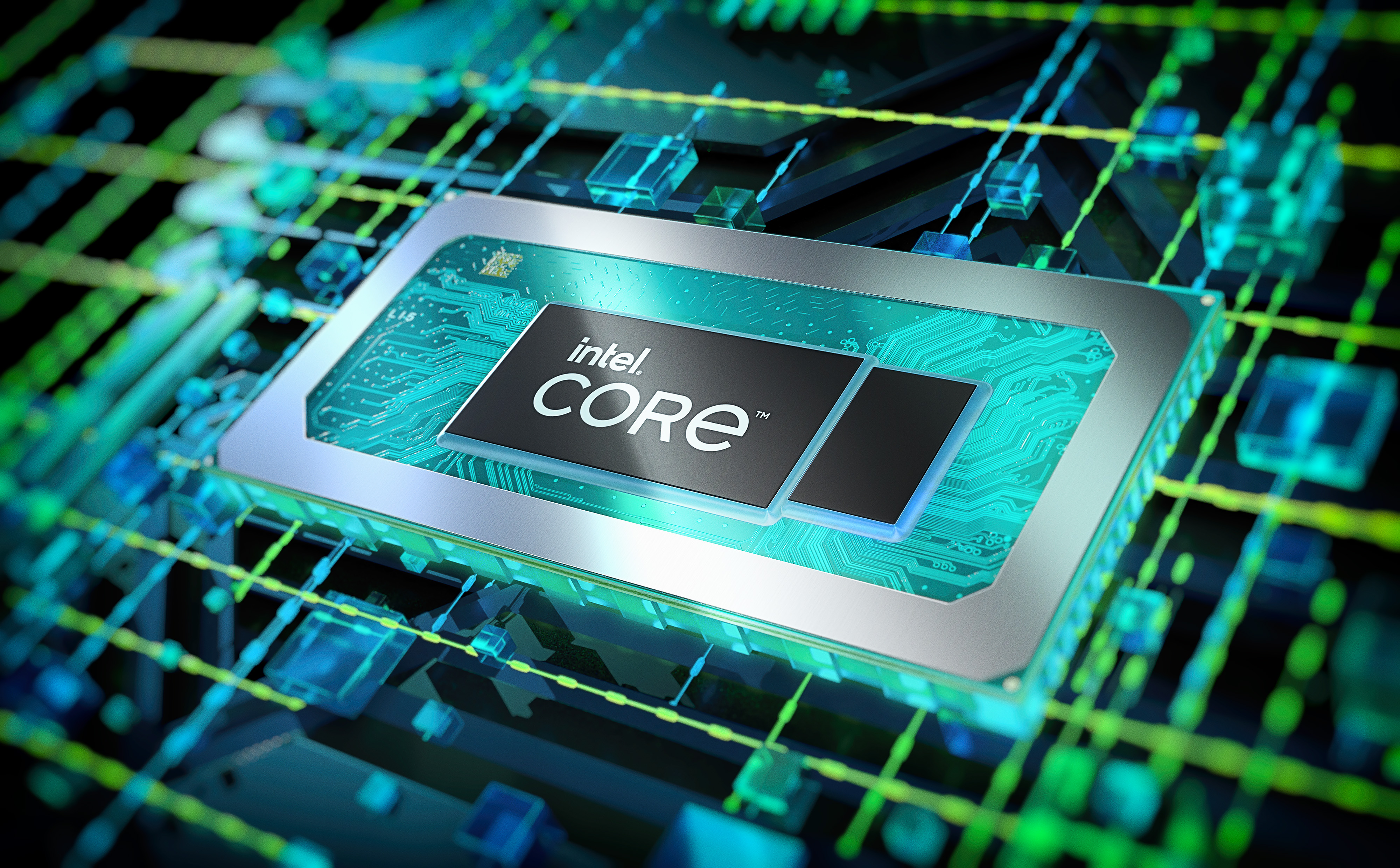Intel's newest E-core-only "Twin Lake" CPUs are on the way, starting with Intel N250
Quad core on a more efficient power budget than ever

Following up on prior E-core-only Intel CPU designs like the N100, careful scrutiny of official Intel data reveals the name and existence of an Intel N250. This final bit of info was ultimately found by @InstLatX64 on Twitter, though prior to that the general existence of Twin Lake was found by @OneRaichu, according to VideoCardz.
There is a #TwinLake (CPUID B06E0, 4c/4th, 1.2GHz, w/o HTT) among the #Intel test machines:https://t.co/v6qc33SzVDBrand string is "Intel(R) N250" https://t.co/N0Km0vgdgt pic.twitter.com/qqHTcXMAFyMay 14, 2024
Intel N250 vs Intel N100 Specifications
| Row 0 - Cell 0 | Intel N100 | Intel N250 |
| CPU Architecture | Intel Alder Lake-N | Intel Twin Lake |
| Cores | 4 Efficiency Cores | 4 Efficiency Cores |
| Threads | 4 Threads | 4 Threads |
| Clock Speed | 0.1 GHz Base up to 3.4 GHz Boost | 1.2 GHz Base, Boost Unknown |
| Cache | 6 MB | Unknown |
If you're paying attention, you'll probably notice that this new CPU has nearly identical specs to its predecessor. The underlying CPU architecture of Twin Lake also seems to be identical to Alder Lake-S, meaning these will be using near-identical cores based on the Gracemont architecture.
The current Intel N100 CPU has an MSRP of $55. Given how humble this refresh seems, we expect the N250 to end up around the same price point, if not slightly lower. These N100 and N250 CPUs are replacing what used to be Intel's Pentium line of entry-level CPUs before Core i3 and higher, after all.
VideoCardz speculates that the timing window of this release could be in the latter half of 2024, but limited to OEMs in the form of Chromebooks and other low-power devices. The N250 could also end up being a particularly good fit for entry-level Mini PCs, considering its super-efficient power demands and, by extension, low thermal footprint.
The current most powerful Alder Lake-N CPU is the Intel Core i3-N305, which pushes the current limits of this E-core-only design to 8 cores at up to 3.8 GHz and up to 15W. While the Twin Lake N250 can't be expected to perform like that more powerful CPU, we'll likely see a Twin Lake Core i3-N400/N405 before long.
Get Tom's Hardware's best news and in-depth reviews, straight to your inbox.

Christopher Harper has been a successful freelance tech writer specializing in PC hardware and gaming since 2015, and ghostwrote for various B2B clients in High School before that. Outside of work, Christopher is best known to friends and rivals as an active competitive player in various eSports (particularly fighting games and arena shooters) and a purveyor of music ranging from Jimi Hendrix to Killer Mike to the Sonic Adventure 2 soundtrack.
-
These are most likely basically just Alder Lake-N "refresh" chips.Reply
The silicon should remain the same unless Intel plans to replace the Gracemont E cores with Skymont, or even Crestmont in near future (but the chances are less though).
Do make a note that the patch entry refers "Twin Lake" as the reference platform used, but Alder Lake-N has been mentioned next to it.
So we don't know whether Intel will officially use "Twin Lake" as a new codename for this series, or just keep the older Alder Lake-N branding. So far only leakers have made the prediction that Twin Lake would be a new series of processors, succeeding Alder Lake-N.
"Intel Corporation Twin Lake Client Platform/AlderLake-N LP5 RVP, BIOS TWLNFWI1.R00.5122.A00.2403191932 03/19/2024" -
thestryker I wish they were going to be Crestmont or Skymont (preferably Skymont), but I get the feeling it's just another Gracemont refresh. Though this does save me from being enticed to buy another relatively low cost box.Reply
Crestmont seems like a decent optimization pass on Gracemont: https://chipsandcheese.com/2024/05/13/meteor-lakes-e-cores-crestmont-makes-incremental-progress/ -
usertests "0.1 GHz Base up to 3.4 GHz Boost" - Try 0.8 GHz base for N100.Reply
If the N250 is a quad-core and not a 6-core, big yawn.
The naming scheme continues to be awful.
MLID did say that it was a refresh, some time ago.Metal Messiah. said:So we don't know whether Intel will officially use "Twin Lake" as a new codename for this series, or just keep the older Alder Lake-N branding. So far only leakers have made the prediction that Twin Lake would be a new series of processors, succeeding Alder Lake-N.
VSzAeJjN0Kw:1091View: https://youtu.be/VSzAeJjN0Kw?t=1091
Looking back at the segment, it is said to be on the "latest Intel 7 node". I don't know if that's actually a change from current ADL-N. If it is a slightly enhanced version of the node, that could explain somewhat higher clocks.
I don't even know what the point would be of Intel publicizing the "Twin Lake" name given how minor it looks. Just let it seep out into the world.
From what I saw elsewhere Crestmont is a 3-4% IPC increase and that's it. Not worth making a new die for it, even if there are a bunch of changes under the hood.thestryker said:Crestmont seems like a decent optimization pass on Gracemont: https://chipsandcheese.com/2024/05/13/meteor-lakes-e-cores-crestmont-makes-incremental-progress/ -
bit_user Reply
Why wouldn't they use the updated Gracemont clusters from Raptor Lake, which have double the L2 cache and are made on an improved (or so we thought) version of the Intel 7 node?Metal Messiah. said:These are most likely basically just Alder Lake-N "refresh" chips.
The silicon should remain the same unless Intel plans to replace the Gracemont E cores with Skymont, or even Crestmont in near future (but the chances are less though). -
thestryker Reply
It could make a pretty big difference due to manufacturing node improvements. IPC doesn't mean a whole lot when you're limiting clocks due to power consumption. You can see this in the current ADL-N series implementations where the variance can be quite massive. If Intel 3/4 gives enough better performance per watt for Crestmont over Gracemont that alone could make it worthwhile.usertests said:From what I saw elsewhere Crestmont is a 3-4% IPC increase and that's it. Not worth making a new die for it, even if there are a bunch of changes under the hood. -
usertests Reply
I think they wouldn't do it if they literally want to keep using the same die, maybe a slightly better stepping, not spending the money to design the "Raptor" version. As for the node, they can switch to a newer one if it has the same design rules.bit_user said:Why wouldn't they use the updated Gracemont clusters from Raptor Lake, which have double the L2 cache and are made on an improved (or so we thought) version of the Intel 7 node?
Now I want to check the die area of Alder/Raptor Gracemont clusters.
Raptor = 8.65mm^2
Maybe they'll give us the LP E-cores from the TSMC N6 SoC tile, lol.thestryker said:It could make a pretty big difference due to manufacturing node improvements. IPC doesn't mean a whole lot when you're limiting clocks due to power consumption. You can see this in the current ADL-N series implementations where the variance can be quite massive. If Intel 3/4 gives enough better performance per watt for Crestmont over Gracemont that alone could make it worthwhile.
I'd love to be proven wrong but it looks like Twin Lake will be a boring Gracemont refresh, which resets the clock by at least a year. I think we'd want to see Skymont next. Arrow Lake with Skymont should be out this year, so we'll know more about Skymont soon. -
thestryker Reply
:ROFLMAO:usertests said:Maybe they'll give us the LP E-cores from the TSMC N6 SoC tile, lol.
I think this is absolutely the most likely situation. The only thing I think could change it is if they don't have the spare 18A capacity for a low margin part and want to use Intel 3. Though it's possible they could just do Skymont by itself on Intel 3. The biggest question I have is whether these parts will be monolithic or tiled.usertests said:I'd love to be proven wrong but it looks like Twin Lake will be a boring Gracemont refresh, which resets the clock by at least a year. I think we'd want to see Skymont next. Arrow Lake with Skymont should be out this year, so we'll know more about Skymont soon. -
TerryLaze Reply
If this base clock is true it should be a pretty big jump for efficiency, the idle power draw would be next to nothing, always a good argument for sales.usertests said:"0.1 GHz Base up to 3.4 GHz Boost" - Try 0.8 GHz base for N100.
If the N250 is a quad-core and not a 6-core, big yawn. -
usertests Reply
Truly amazing stuff, the Alder Lake-N microcontroller! But it's just a misquote of what's known about the N100:TerryLaze said:If this base clock is true it should be a pretty big jump for efficiency, the idle power draw would be next to nothing, always a good argument for sales.
https://en.wikipedia.org/wiki/Alder_Lake#Alder_Lake-N
The weird part is that the N200 doesn't have a base clock specified anywhere, so it's difficult to compare with an N250 supposedly having a 1.2 GHz base clock. A lot of Alder Lake-N information is sketchy (clock speeds, "TDPs" now that other product lines have moved to base/turbo TDP, and memory capacity support). That's Intel's fault. -
AlskiOnTheWeb I love my N95 minis. I'll wait a few iterations before I buy any more just to make sure the juice is worth the squeeze ... but they have a winner in these lower power chips. Does everything I ever needed a mini to do and more.Reply